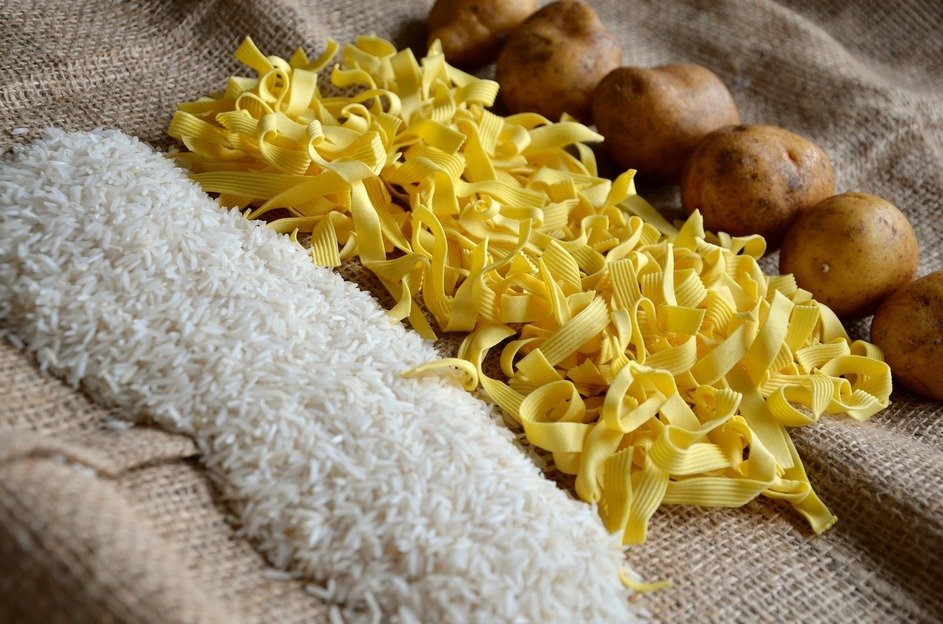
Starch Grinding
Starch, long chains of glucose molecules, occurs naturally as starch grains in the roots, tubers and seeds of many fruits and vegetables. Depending on the region, industrial starch sources are mainly potatoes, corn, wheat, tapioca or yams with varying starch contents of about 20 to 30%.
Due to its high availability, functional properties (modified starch) as well as relatively bland taste starch is used in several different applications. It is often added as a thickener and texturizer of soups, sauces, bakery products, confectionary, dairy of meat products. In addition, starch can be used as an additive in the pharmaceutical or paper industry.
Universal Mills, Gap Mills and Air Classifiers
Many Bauermeister mills are established all around the world for the grinding of starch. The mill feed comes directly from the drying process in starch production and varies in form depending on the type of dryer used. A roller dryer commonly produces starch flakes, while grains are the result of spray drying. A grinding process is then necessary to increase the bulk density (especially of starch flakes) and produce a fine starch powder. Depending on the industry sector and intended product, a wide range of particle size distributions of starch are required demanding a large flexibility of the mills. Bauermeister offers two different mill types that can satisfy all requirements. Standard starch fineness can be produced on our Universal Mill while a Gap Mill allows the production of even finer starch powder. An extremely fine target fineness of <100 µm can be achieved by the addition of an Air Classifier. Depending on the target fineness and starch type a maximum output of up to 15 t/h can be achieved on the largest Bauermeister starch mill.

Have Questions Or Interested In Our Products?
Please let us know. Our service and support team is always available for you and your questions.
Don’t hesitate to contact us.


